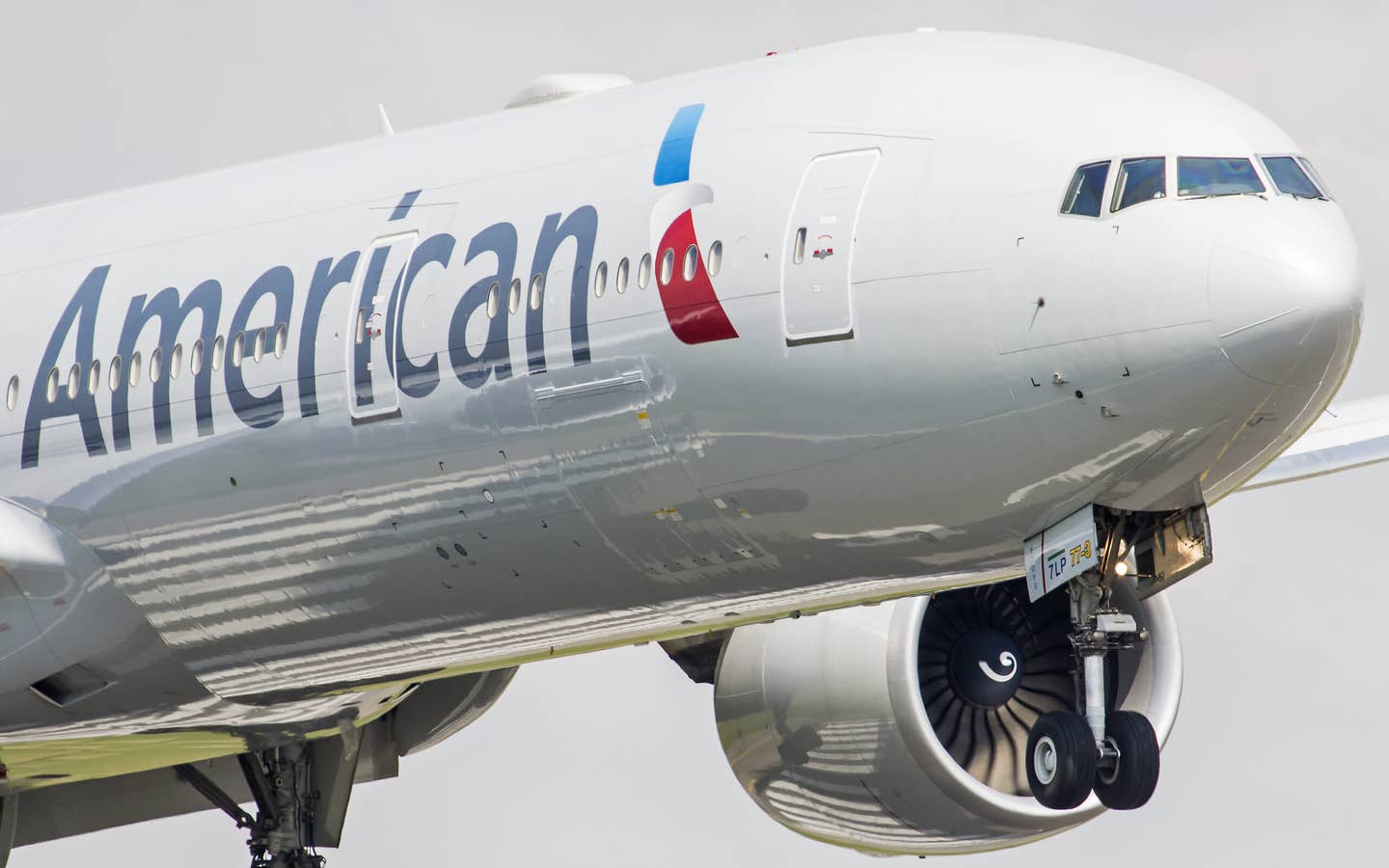American Airlines Grounds Almost 100 Airplanes Because It Doesn’t Have Enough Pilots To Fly Them
CEO says the company is not staffed to keep up with rebounding consumer demand.

The parked airplanes tend to be the 50- to 70-plus-seat jets that serve regional routes. [File photo: Shutterstock]
American Airlines (NASDAQ: AAL) CEO Robert Isom told investors recently that his airline has had to park approximately 100 of its regional aircraft this summer because it has had a hard time finding pilots to fly them.
Even as there is overwhelming consumer demand to travel amid soaring ticket prices, the airline CEO conceded that his airline isn't in a place to keep up.
"There is a supply and demand imbalance right now, and it is within the regional carrier ranks," he said. "We have probably a hundred aircraft—almost a hundred aircraft that aren't productive right now, that [aren't] flying," Isom said at the Bernstein Strategic Decisions Conference.
The parked airplanes tend to be the 50- to 70-plus-seat jets that serve regional routes, which also highlights another problem—smaller cities and even entire states are feeling the economic squeeze from losing airline service.
“On the regional side, there is pressure,” Isom said. “We don't have the pilots that we need to fly a full regional schedule.”
Isom said airlines will need to flex their economic savvy if they want to attract pilots. "As we go forward, I look at this as something where if there are the appropriate incentives, and there's the kind of compensation that attracts people to the industry, this is something that can be remedied—and remedied over a fairly quick period," Isom said.
Another two cities lose air service because of the #pilotshortage. We need solutions now before more air service is gone.https://t.co/JWkWWOUw2P
— Regional Airline Association (@RAAtweets) May 17, 2022
Other Airlines Working Through Shortage
American's pilot shortage is reflective of the broader crisis the rest of the industry is facing, as other airlines are also working to attract pilots. At the same conference, Delta Air Lines (NYSE: DAL) CEO Ed Bastian told attendees that the problem his airline is dealing with includes a backlog in training that could take months to unwind.
"Pilots are a constraint in the system right now, and I think they'll be a constraint for some time," Bastian said. “There are constraints around pilots–we're hiring 2,000 pilots this year; getting them all through training is a real task.”
In spite of American's personnel woes, revenues remain healthy. Like the rest of its major competitors, the airline told investors in an update last week that despite quarterly capacity falling short of its initial prediction, it now expects second-quarter revenue to be as much as 13 percent higher—instead of 8 percent—compared to the same time in 2019. This also comes as the airline expects to pay higher fuel prices, with passengers maintaining their willingness to cover the extra costs.
As for how long the imbalance could go on, Isom admitted that it could take a number of years, unless the industry finds a way to inspire young people that being an airline pilot remains an attractive and lucrative profession.
"We may have a period for the next two or three years where we have to work through this imbalance. But I do think it is a profession that is attractive enough that people will come in," he said.

Subscribe to Our Newsletter
Get the latest FLYING stories delivered directly to your inbox






